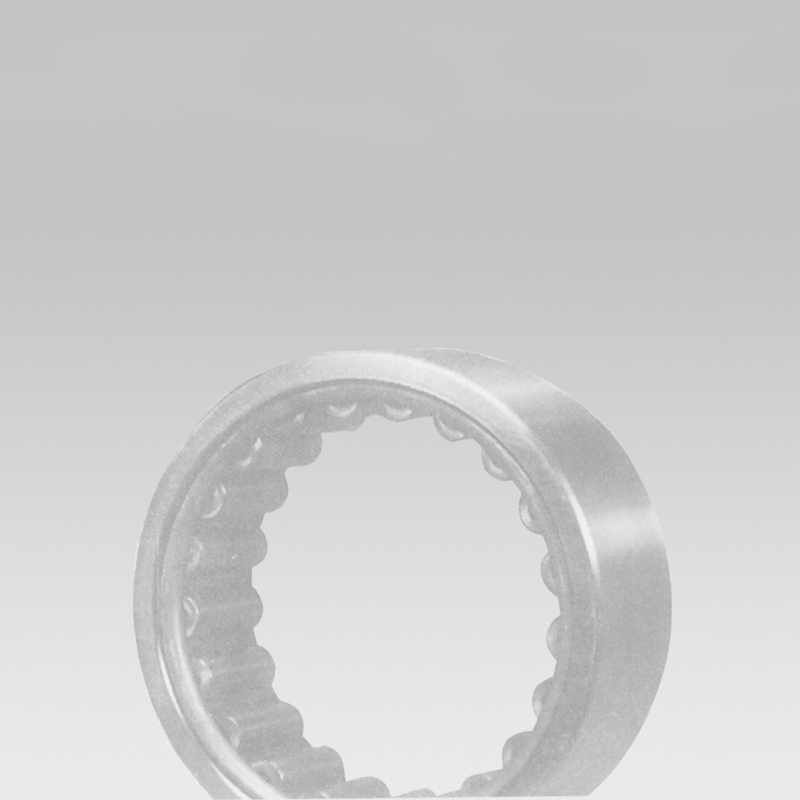
ធ្នូ . 29, 2024 09:09 Back to list
Understanding the Nomenclature of Deep Groove Ball Bearings for Optimal Selection and Use
Understanding Deep Groove Ball Bearing Nomenclature
Deep groove ball bearings are among the most widely used types of rolling bearings in various applications, from household appliances to industrial machinery. Understanding their nomenclature is crucial for selecting the right bearing for specific needs. This article aims to provide insights into deep groove ball bearing nomenclature, exploring how these components are identified, their specifications, and the critical parameters that influence their performance.
Basic Structure of Deep Groove Ball Bearings
Deep groove ball bearings consist primarily of an outer ring, an inner ring, a set of balls, and a cage that holds the balls in place. The design allows them to accommodate both radial and axial loads, making them versatile and efficient. The term deep groove refers to the geometric design of the raceway, which features a deeper path compared to standard ball bearings, enabling them to handle greater loads and maintain stability during operation.
Nomenclature Breakdown
The nomenclature for deep groove ball bearings typically consists of letters and numbers that indicate important specifications. Here’s a breakdown of how these designations work
1. Prefix Letters Some manufacturers include prefixes that denote specific features of the bearings. For instance, the letter Z signifies a shield on one side of the bearing, while ZZ indicates shields on both sides. The prefix RS or 2RS denotes the presence of rubber seals, which provide additional protection against dust and moisture.
2. Bearing Number Following the prefix is a numeric code that represents various characteristics of the bearing. The most common code structure is a series of four or five digits. For example, in the bearing number 6205, the first digit 6 indicates the type of bearing (in this case, a deep groove ball bearing), while 205 refers to the specific design dimensions, including bore diameter and width.
deep groove ball bearing nomenclature

3. Suffix Letters Additional letters following the bearing number often provide information on modifications or specific features. For example, C3 denotes a radial clearance greater than normal, which is essential for certain dynamic applications. Similarly, M may indicate the presence of a brass cage, while “P5” can signal a higher precision level compared to standard options.
Key Specifications
Understanding some of the critical specifications encoded in the nomenclature helps users make informed selections. Key factors include
- Bore Size The inner diameter of the bearing, which directly impacts compatibility with shafts. Different bore sizes will have corresponding bearing numbers. - Outer Diameter This dimension reflects the overall size of the bearing, essential for housing and positional fitting. - Width The overall thickness affects load-carrying capacity and application suitability. - Load Ratings Each bearing is rated for specific radial and axial loads. Manufacturers provide these ratings, and they should be matched with application conditions to ensure reliability and longevity. - Speed Ratings Bearings also have a maximum speed rating, correlating with their design and intended use. Exceeding this limit can result in overheating and premature failure.
Applications of Deep Groove Ball Bearings
Due to their robust design, deep groove ball bearings are found in various applications. In the automotive industry, they are used in wheel hubs and engine components. In electric motors, these bearings facilitate smooth operation, enhancing performance and energy efficiency. Additionally, deep groove ball bearings are widely utilized in household appliances, such as washing machines and refrigerators, where durability and efficient load handling are key.
Conclusion
Deep groove ball bearing nomenclature serves as a comprehensive guide for users looking to select the appropriate bearing for their needs. By understanding the meanings behind the letters and numbers in a bearing's designation, users can make informed choices regarding their applications. Whether in industry, automotive, or household use, proper bearing selection is vital to ensuring optimal performance and longevity. Learning about nomenclature lays the groundwork for more effective product utilization, maintenance, and engineering applications.
Latest news
-
Common Failures in Thrust Ball Bearings and Solutions
NewsAug.22,2025
-
How Tapered Roller Bearings Can Take Shock Loads
NewsAug.22,2025
-
Angular Bearings in High-Precision Spindles
NewsAug.22,2025
-
The Impact of Misalignment on Cylindrical Roller Bearing Performance
NewsAug.22,2025
-
The Role of Cage Design in Deep Groove Ball Bearing Durability
NewsAug.22,2025
-
The Impact of Material Quality on Machinery Bearings’ Lifespan
NewsAug.22,2025
